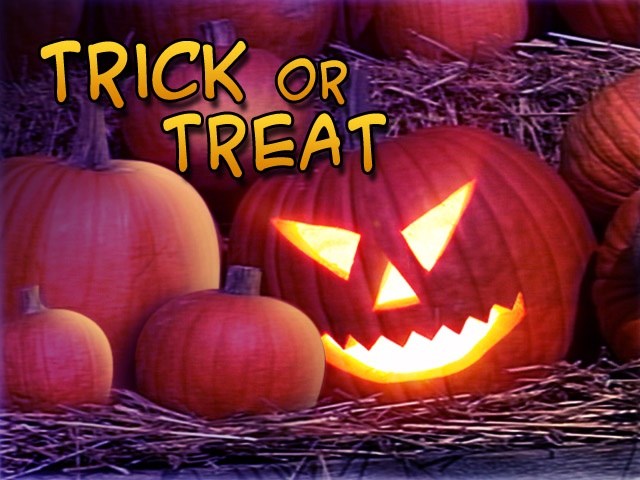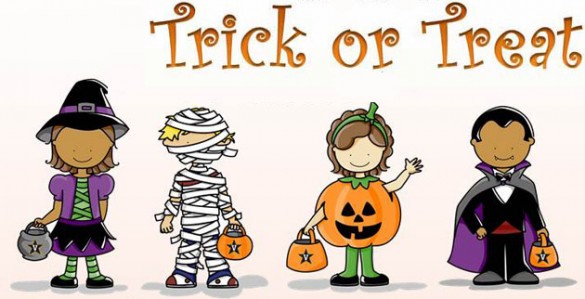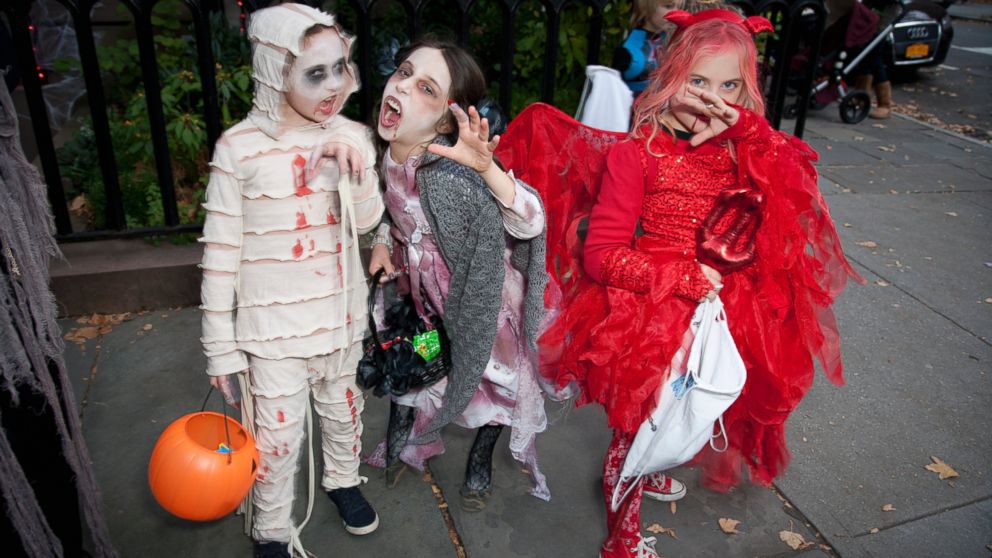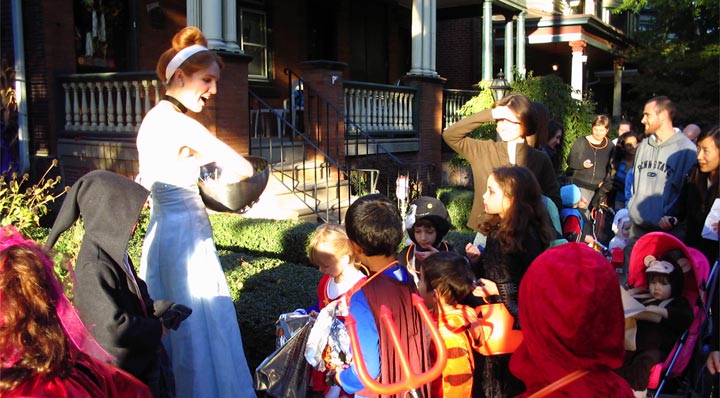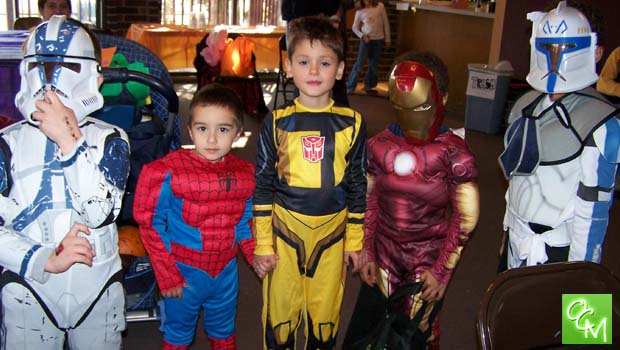Halloween Day Trick-or-Treating
Trick-or-Treating hasn’t always been a part of Halloween celebrations. In fact, Halloween has only been celebrated in the US for a relatively short time. Celebrating All Hallow’s Eve was a practice that came over to the US with the first large wave of immigrants who came from Ireland, England and Scotland. In some parts of these countries it was common for kids to go out “guising” on All Hallow’s Eve to beg for food, money or other items. People who refused to give anything would sometimes find chalk drawings on their doors the next morning or find they were the victims of other pranks. When immigrants came to the US they brought their traditions with them and on all All Hallow’s Eve each year in some immigrant communities it would be common to see small children, usually boys, with makeup or soot on their faces or wearing crude masks made from bags going around begging at different houses.
At the beginning of the 20th century “guising” was still not very popular and most people didn’t really know what Halloween was. But by the early 1920s the young trendsetters were beginning to throw lavish Halloween parties and there was renewed interest in “guising”. Stores started selling pre-made costumes that people could wear to disguise themselves and indulge in a little good natured Halloween fun. During WWII Halloween celebrations were toned down due to sugar rationing and the generally somber mood of the nation. By the time the war was over and people started the mad exodus to build homes in the suburbs the celebration of Halloween had gotten popular. The 50s and 60s were the decades when Trick-or-Treating became the important Halloween ritual they are today. Trick-or-Treating became the focus of Halloween celebrations because going Trick-or-Treating was seen as a wholesome activity for the whole family. Trick-or-Treating also became popular in the 50s and 60s because that was when living in subdivisions and newly built suburban neighborhoods became popular.

Trick-or-Treating remained popular through the 70s and 80s but by the 90s the practice of Trick-or-Treating began to change. Many different factors like the rise of people living in apartment buildings instead of free standing houses in suburban neighborhoods and the rise in non-traditional households contributed to the major changes that shaped Trick-or-Treating at the end of the 90s. In order to accommodate parents with busy schedules and in an effort to make Trick-or-Treating safer for kids it was moved largely indoors. Malls began to open for specific Trick-or-Treating events where kids in costume could go to different stores to receive candy and coupons. These structured Halloween events also usually feature games, activities, and clowns and other performers to make the event even more special. Many neighborhoods have also designated special Trick-or-Treat hours to prevent a lot of Halloween mischief and help protect the safety of Trick-or-Treaters.

